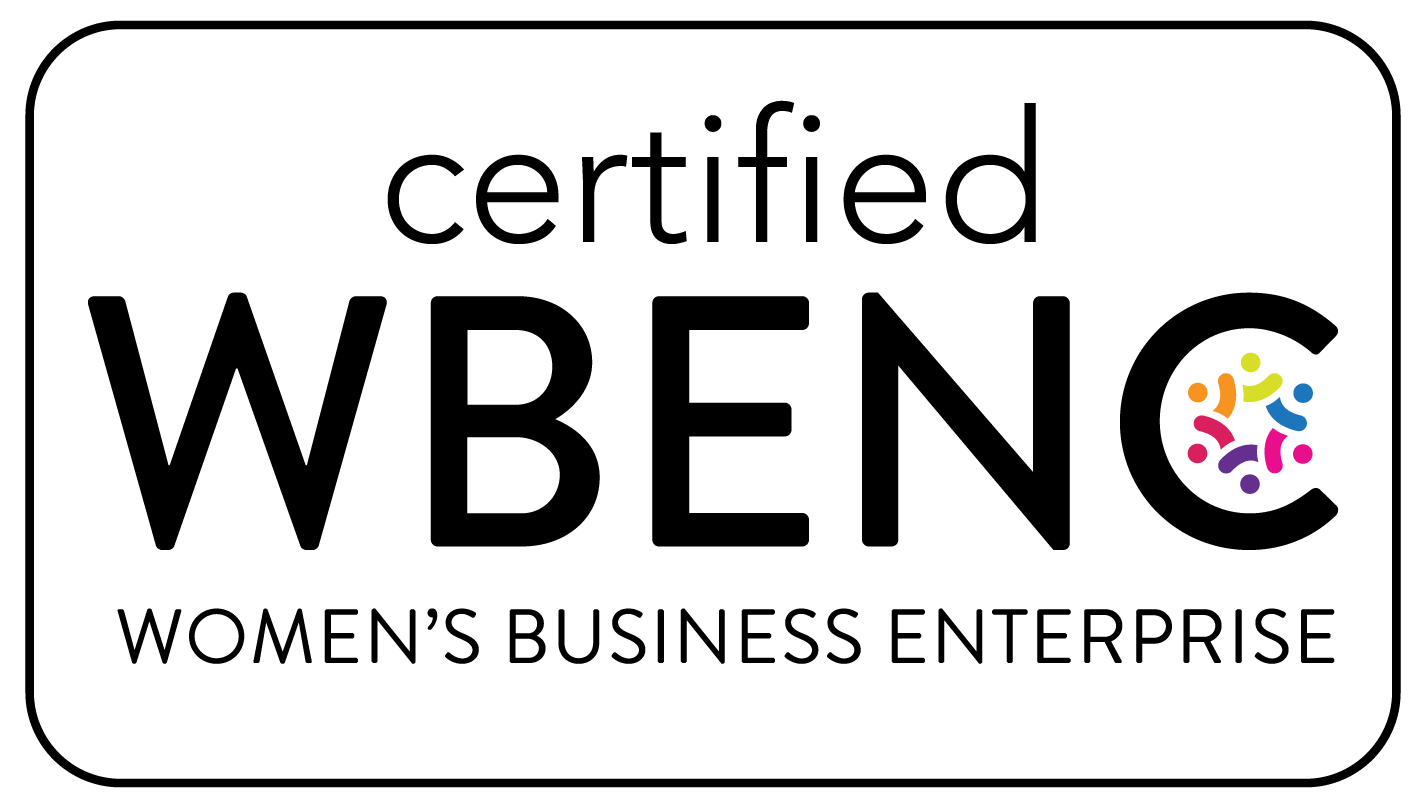Stress at Work – A Hidden Health and Safety Hazard

Stress is a workplace hazard that impacts safety, performance, and well-being. Is your organization tackling it as seriously as slips, trips, and falls?
Author: Joseph Christian
April 17, 2025
Workplace stress has always existed, but as research continues to highlight the serious effects of stress on employee health, more organizations are recognizing it as a workplace hazard. Like any risk on the job, stress can impact safety, performance, and well-being—and should be addressed with the same level of seriousness applied to physical safety risks.
Stress – One of the Most Common Workplace Hazards
The impact of workplace stress on the American workforce is hard to ignore. Studies show that 83% of American workers suffer from work-related stress and over half report that the stress of their job affects their home life.
Additionally, Headspace’s Sixth Annual Workplace Mental Health Trends Report found that 77% of respondents said that work-related stress had negatively affected their physical health and 37% said stress had contributed to serious mental health challenges, such as substance use or suicidal ideation.
Given the prevalence and negative results of stress on working Americans, it should concern every health and safety professional.
Unchecked Stress Has Negative Results for Workplaces
Long-term, unaddressed stress doesn’t help anyone. Below are details OSHA has compiled about the negative effects of stress on employees and employers.
For Employees:
Physical harm: Heart disease, high blood pressure, muscle tension and pain, headaches, poor sleep, stomach discomfort, excessive weight gain or loss, etc.
Mental challenges: Depression, anxiety, burnout, emotional outbursts, social withdrawal, drug or alcohol use, restlessness, fatigue, anger and irritability, lack of motivation or
Focus, etc.
For Employers:
Increase potential for workplace incidents. Stressed and fatigued workers are less attentive in recognizing and avoiding hazards.
Reduces productivity. Stressful working conditions can cause workers to lose motivation, become easily distracted, lose focus, make mistakes, experience a decline in performance, and develop mental health challenges.
Increases absenteeism. Exposure to long-term stress undercuts workers’ physical and mental health, causing them to miss more days of work. In fact, unplanned absences due to poor mental health in workers average 12 days annually compared to an average of 2.5 for all other workers.
Undermines morale and leads to high turnover. Stressed workers are less likely to be energized to perform well or to stay at a company that does not show interest in improving work conditions.
Recommendations on Taking Action to Address Stress
A survey from the American Psychological Association (APA) found that 87% of employees think actions from their employer can help their mental health. Below are some tips on how your organization can get started. While every organization has its policies and processes, the key is showing employees that their well-being is a priority.

A-Promote awareness of stress & other mental health issues
Communicate to your team that mental issues like stress are just as hazardous as physical hazards. The more awareness you create, the more the stigma often associated with mental health struggles will break down.
Knowledge can help drive a cultural shift that allows people to recognize that everyone carries a unique burden shaped by their individual circumstances. Some may be dealing with intense feelings of loneliness, isolation, uncertainty, grief, or stress. Others may be managing added responsibilities, such as caring for children or elderly family members, or navigating existing mental health or substance use challenges.
Awareness builds empathy and lets an organization have more open and honest discussions.
B-Build flexibility into the workday
Clear expectations around availability and flexibility help reduce unnecessary stress and create a more supportive work environment. Managers should communicate when employees are expected to be available or attend meetings—and clarify when there is room for flexibility.
Encourage open dialogue so employees feel safe discussing their needs, whether it’s adjusting their schedule, requesting accommodation, or seeking additional support. Prioritizing flexibility not only supports mental and emotional well-being; it also strengthens trust and engagement across teams.
C-Encourage employees to set healthy boundaries
Work-related stress doesn’t stay at the workplace—it can follow employees home, impacting their personal relationships, mental well-being, and physical health. To support a safer, healthier workforce, it’s important to foster a culture where setting boundaries between work and personal time is accepted and encouraged.
Clearly communicate that employees are not expected to respond to messages or remain available outside working hours. Leaders play a vital role in modeling this behavior by ending meetings on time and using tools like scheduled messaging to avoid after-hours communication. When leadership demonstrates healthy boundaries, it sends a strong message that employee well-being is a shared priority.
Another part of this is encouraging employees to use their paid time off more actively to help give them space to release stress and enjoy time with family and friends.
D-Provide training and resources
From an organizational perspective, it is key that awareness starts with leaders, managers, and supervisors who have responsibility for others. Equipping them is a vital step for a business to better identify and address the issues that stress and other mental health challenges create.
While each organization will need to create its own policies based on real-life needs, OSHA has some great resources and tools that can help you develop an effective way to train your leadership, managers, and supervisors to better identify factors causing stress and be able to address these issues with empathy.
–Getting Started Guide for Senior Managers
–Getting Started Guide for Front-line Supervisors
Additionally, providing additional training like Mental Health First Aid (MHFA) is another step that you can take to be proactive about mental health struggles at work.
MHFA provides employees with tools to better identify, understand, & respond to signs of mental health & substance use challenges. Learn more by reading this blog.
Employee Assistance Program (EAP)
Offer resources directly to all employees through a robust Employee Assistance Program (EAP). If your organization has questions about EAPs, CAREonsite recommends exploring this Employer’s Guide to EAPs to understand how to effectively integrate and manage one.
Remember, promoting your organization’s resources and EAP are just as important as having one. If employees are unclear about what resources are available or how to access them, positive outcomes will be difficult to achieve.

Be Aware of Crisis
Important: If you notice a colleague in crisis, take action as recommended by your employee assistance program, mental health first aid training, or by connecting to national resources like the 988 Suicide & Crisis Lifeline. (Call/Text 988).
Caring for Your Employees, Keeping Them Safe
If you need a partner to help – Tang+Company can help with comprehensive health and safety services including Mental Health First Aid certification, occupational healthcare, employee screening, and workforce training.

